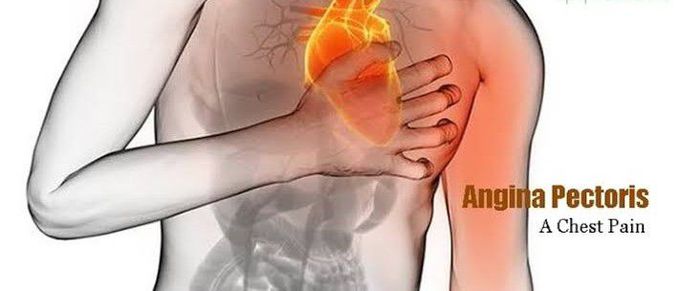

Hunainover 3 years ago

What is angina?
Angina is chest pain caused by reduced blood flow to the heart muscles. It's not usually life threatening, but it's a warning sign that you could be at risk of a heart attack or stroke. With treatment and healthy lifestyle changes, it's possible to control angina and reduce the risk of these more serious problems.
Other commentsSign in to post comments. You don't have an account? Sign up now!

